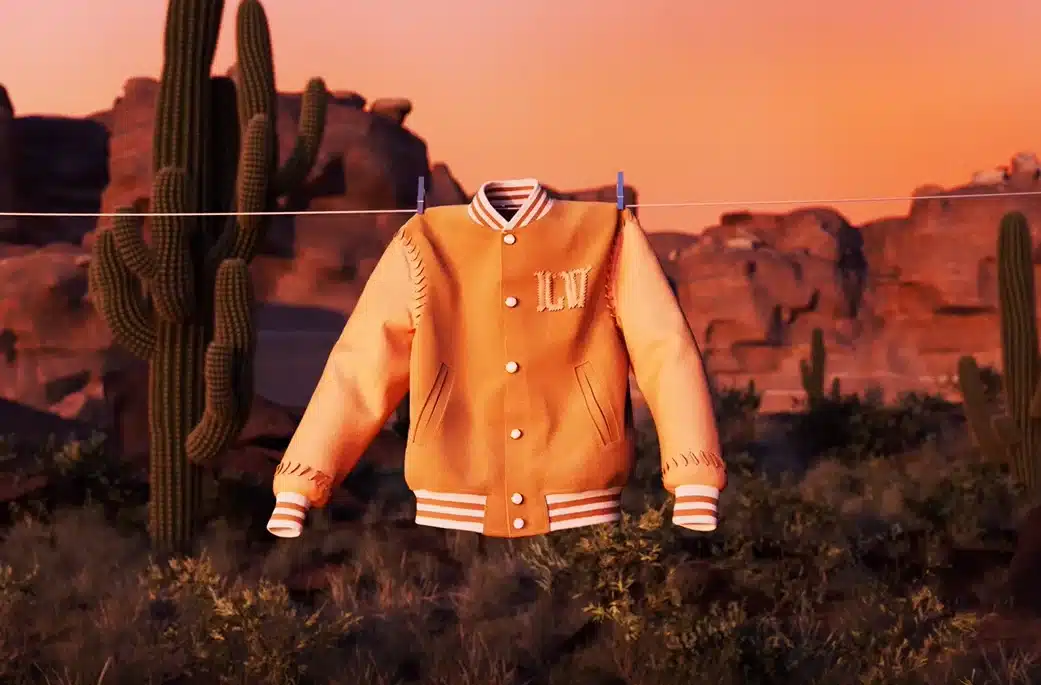
The luxury fashion industry’s foray into the non-fungible token (NFT) and metaverse space last year was met with excitement and enthusiasm. Brands hurriedly embraced the digital world, hoping to capitalize on the growing trend. However, fast-forward to 2023, and the Web3 landscape has drastically changed. The gold rush has turned into a bust, resulting in crashes, controversies, and rug-pulls. This turbulence has forced luxury and fashion brands to refine their Web3 strategies in a more cautious and mature market.
Despite the challenges faced in 2022, there are still significant opportunities for the fashion industry in Web3. One of the most prominent trends is the expansion of experiential immersive e-commerce, also known as i-commerce. Brands like Lancôme, Lululemon, Ralph Lauren, and Charlotte Tilbury have embraced this trend, leveraging virtual stores to provide a more engaging and interactive shopping experience. The i-commerce market is estimated to reach nearly $800 billion next year, and brands see it as an avenue for data tracking, offering insights into customer behavior and preferences.
Augmented reality (AR) is also playing a vital role in the digital fashion space. More brick-and-mortar retailers are adopting AR technology, particularly through try-on mirrors, enhancing the physical shopping experience. Companies like Zero10 are leading the way with their proprietary AR mirror technology, revolutionizing the customer try-on experience. AR-powered store experiences are becoming increasingly valuable for brands looking to engage customers and boost in-store time.
Artificial intelligence (AI) is another trend that continues to dominate the fashion industry. AI-generated content and machine learning technologies offer brands new ways to engage with consumers and create unique experiences. China, in particular, has embraced AI in fashion, with the mainland’s AI market value expected to exceed $26 billion by 2026. However, challenges remain, including regulatory issues and copyright protection for AI-generated content. As legislation solidifies, luxury fashion labels are expected to increase their use of AI in their strategies.
Phygital products, which combine virtual twins with physical counterparts, are gaining traction in the luxury fashion space. Gucci has been at the forefront of this trend, offering exclusive phygital products that provide buyers with double the value. This approach allows luxury consumers who are not yet fully ready to embrace the virtual world to have a tangible and accessible entry point. Other brands, such as Ralph Lauren and Fortnite, have also successfully launched phygital products that resonate with audiences.
Lastly, NFT-powered community memberships have emerged as a way for brands to provide value to customers while cultivating strong relationships. Brands like Mercedes-Benz, Asprey Studio, Adidas, and Gucci offer their own token-gated memberships, providing access to exclusive events and early access to new collections. Although NFTs have faced challenges and skepticism, the demand for exclusive token-gated arenas is evident, as seen by the overwhelming response to Mercedes-Benz’s NXT digital pass launch.
In conclusion, while the Web3 landscape has experienced setbacks and challenges, the future of fashion in the digital sphere still holds considerable opportunities. As brands refine their Web3 strategies in a more cautious market, trends like experiential immersive e-commerce, AR-powered experiences, AI-generated content, phygital products, and NFT-powered community memberships will continue to shape the industry. The fashion world is adapting and embracing the digital revolution, unlocking new avenues for customer engagement and business impact.






